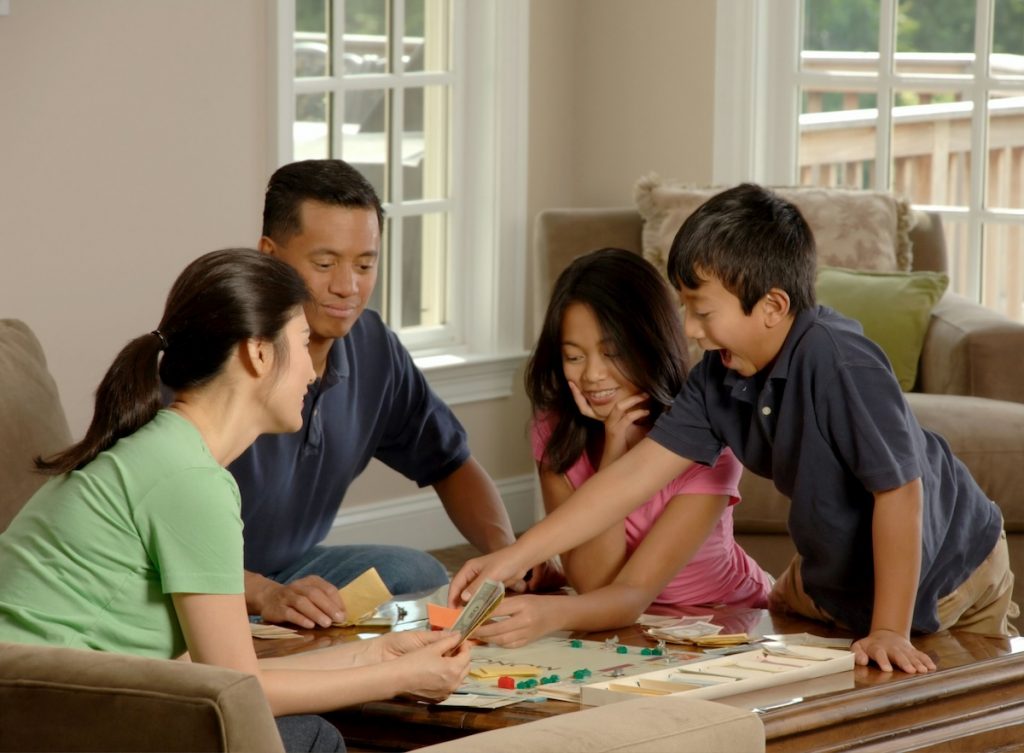Build good sleep habits for your toddlers and preschoolers so that they can have quality sleep. This boosts their mood, learning, and overall behavioural development.
Children without enough sleep can have mood swings, and symptoms similar to ADHD. Additionally, inadequate sleep can affect their academic performance and mental health. Hence, it’s vital to build good sleep habits as well as create a conducive sleeping environment for your children.
Create a Good Sleep Environment
Keep The Room Dark Without Distractions
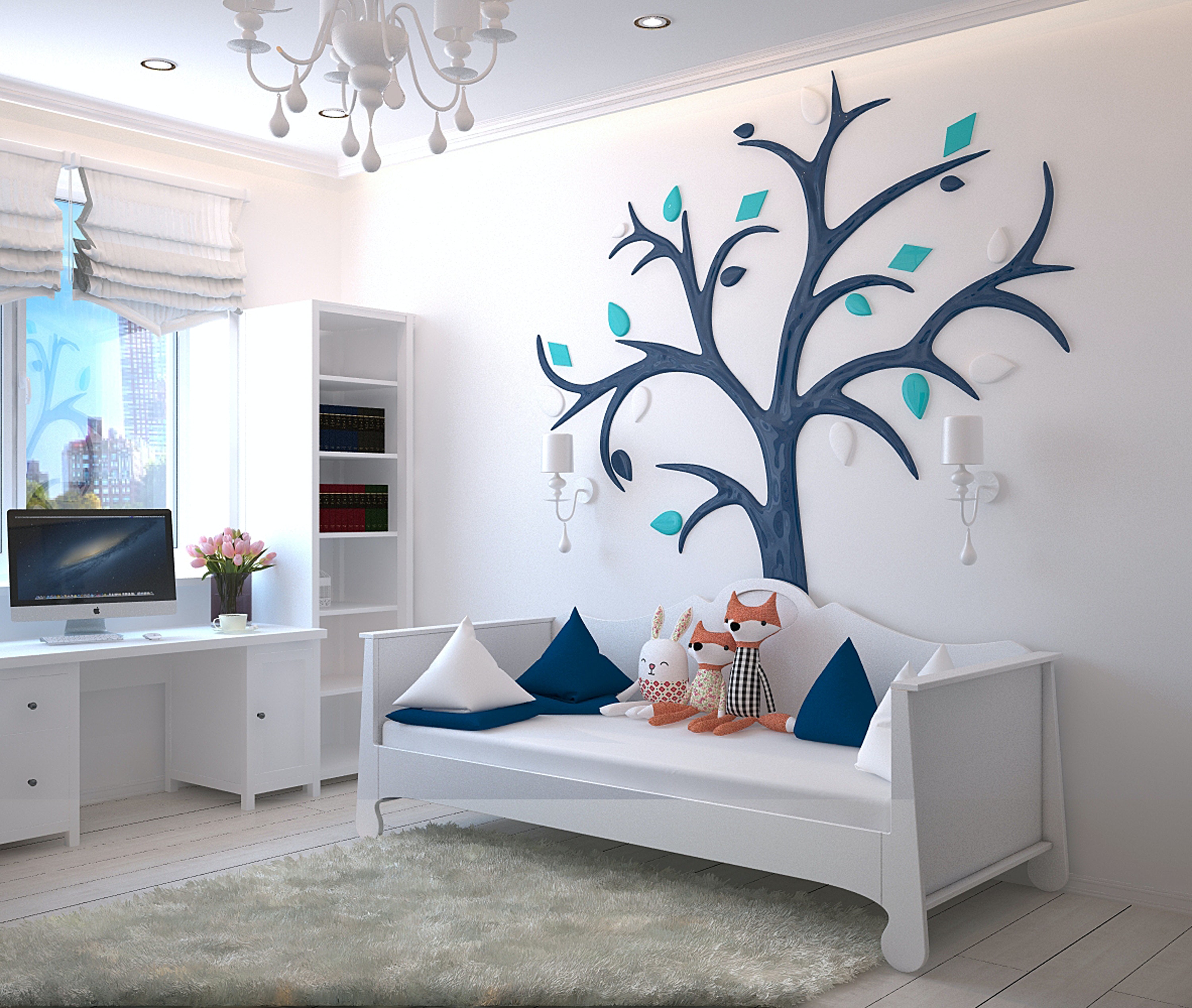
First, keep the bedroom dark and put away any distracting toys, and flashing lights on game consoles, phones or alarm clocks. Your children should use the bedroom only for sleeping, rather than doing their homework or playing on the bed.
According to Louise Duncan, baby sleep trainer at Petite Dreamers Sleep Solutions, “darkness is really, really, really important.” This helps stimulate melatonin, the hormone which helps us fall and stay asleep. Blackout curtains or blinds will help your toddler or preschooler wind down and have a quality nap.
A Bedroom Your Child Loves
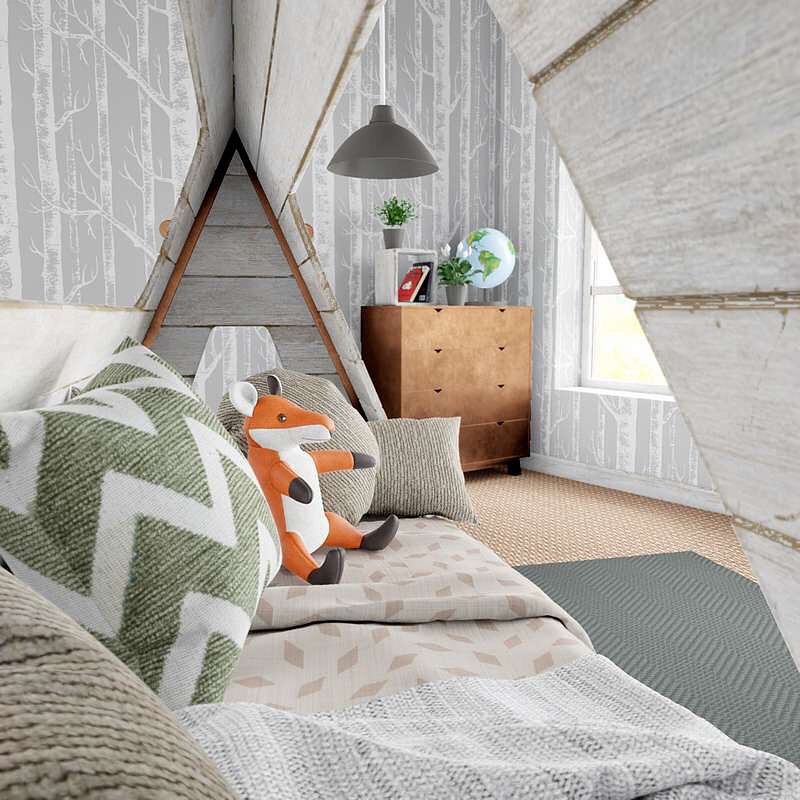
Additionally, let your child choose his/her room’s decoration, bedding, bedroom theme and arrangement, with some of your child’s favourite toys as his/her sleeping companions. Consider the bed’s size and ensure your child can get in and out easily. Of course, protect the mattress from water, urine and other spills with a waterproof cover and protective pad.
Safety Considerations for Your Toddlers
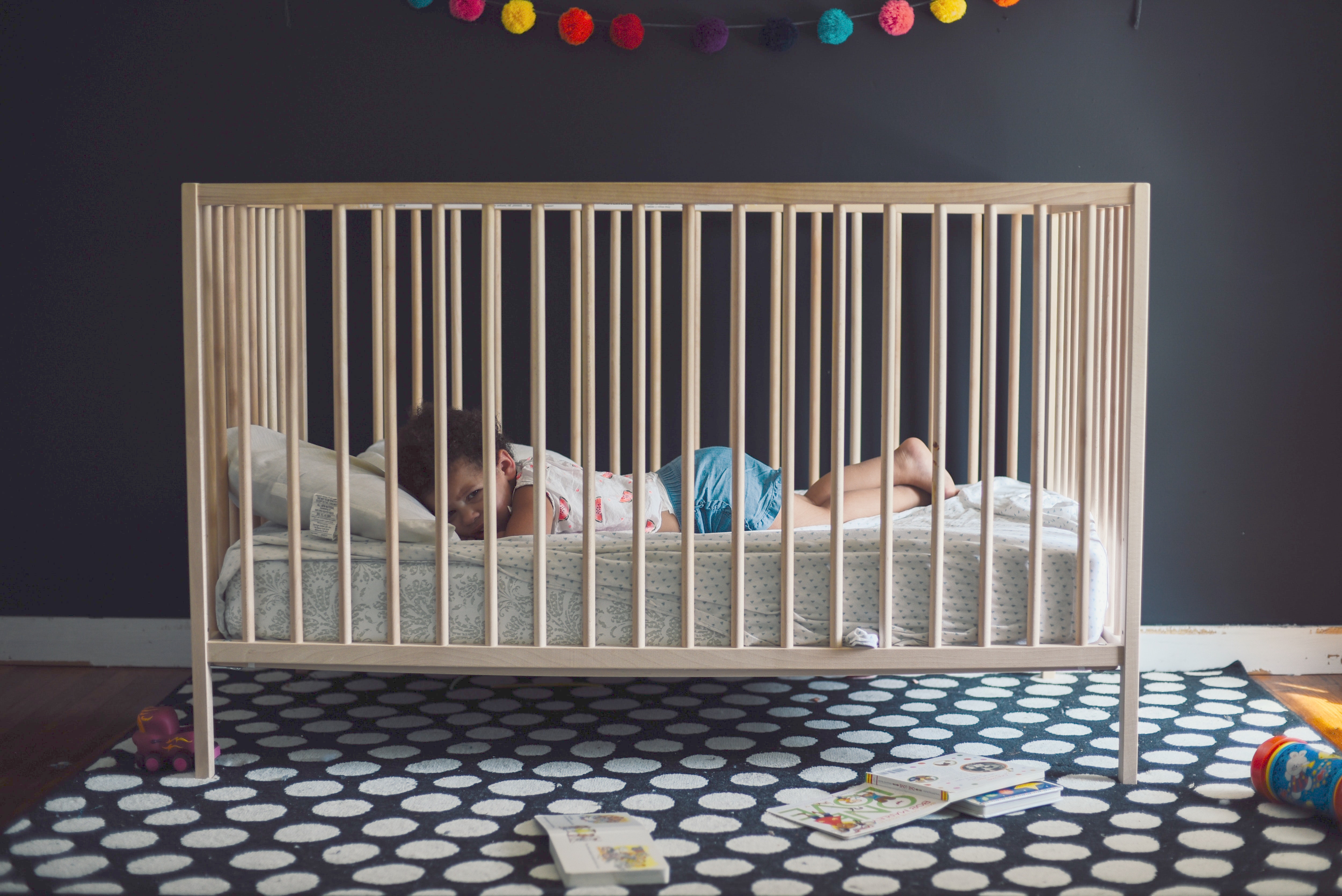
Anchor large furniture to the walls so they don’t fall on your child. Also, install a guard rail or have a mattress nearby in case your toddler rolls off the bed at night. Remove anything with strings or ties, bumper pads and stuffed toys so your child can’t use these to climb out of the crib.
Have a Simple Bedtime Routine

Louise shares, “A good bedtime routine follows the same sequence every single night and shouldn’t last longer than 30 minutes.” An example may include a bath, brushing his/her teeth, bedtime story, cuddles, then turning off the lights. This should be simple enough that other caregivers can execute if you’re not around. Over time, your child can mentally and physically prepare for bed and get sleepy on his/her own. With consistency and determination, Zoe Chu, baby sleep expert at SG Supernanny says, “your baby will be able to develop healthy sleeping habits and fall asleep independently.”
Also, your child should sleep in one place like the cot the whole time, rather than in a rocker or bassinet. Changing the sleep environment may confuse your child. Zoe also recommends keeping a feeding and sleeping log. This helps track how much sleep your child is getting, and you can pick up patterns in his/her sleep schedule.
Dealing With Resistance
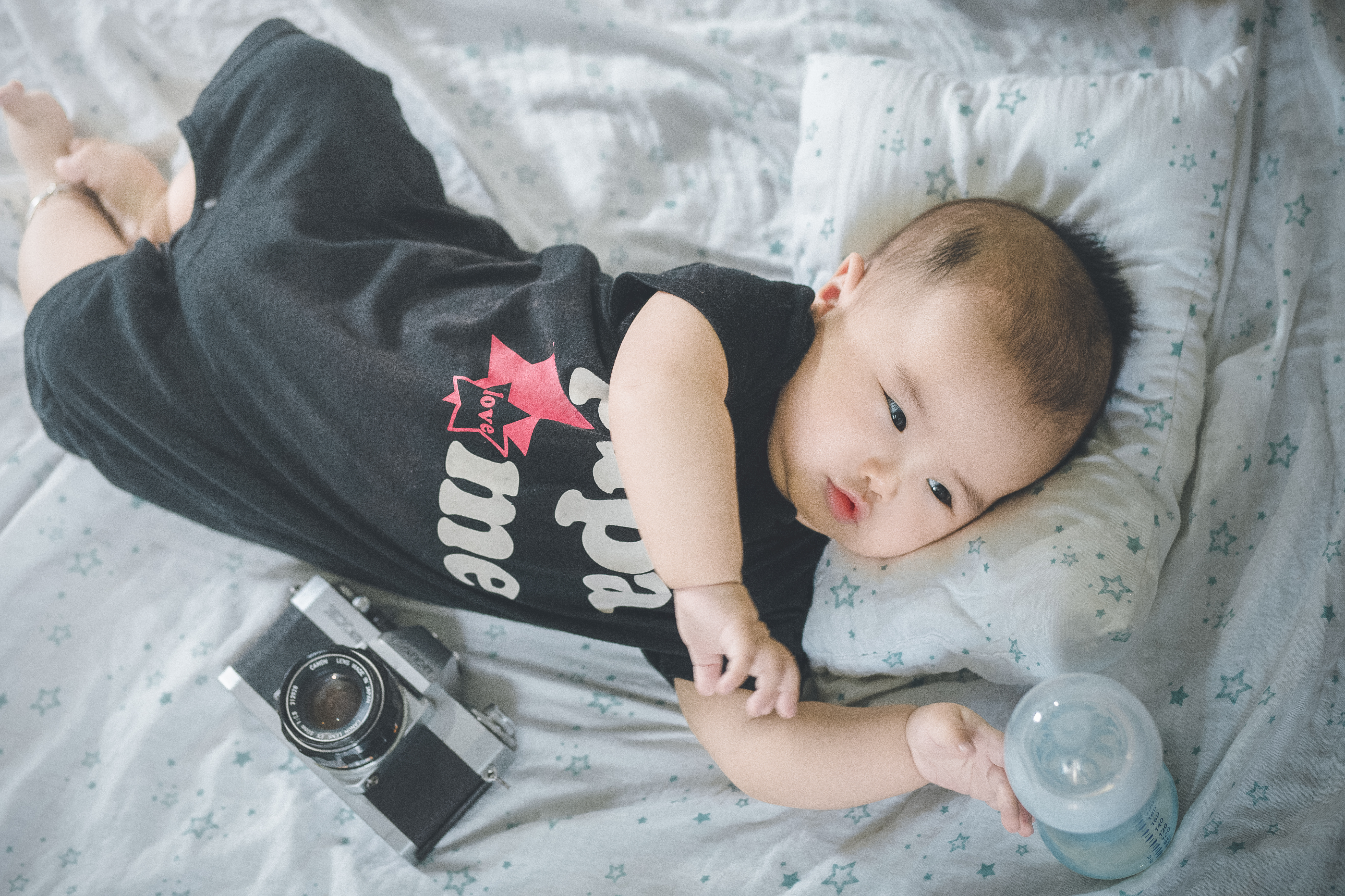
You might face some resistance to going to sleep if any sleep association is missing, so give your child some time to transition. Meanwhile, consider if the sleep association is appropriate – a bottle before bedtime may promote cavities or give your child excess calories.
Another reason to resist bedtime is because your toddler doesn’t want to stop playing. His/her resistance may manifest as a sudden burst of energy, requesting another story, drink or lullaby. Counter their energy levels with physical activities throughout the day, set boundaries, share your expectations and follow through.
Moreover, teething, sickness and new developmental milestones can throw off your toddler’s sleep schedule for a few nights or weeks. He/she may wake up in the night to mentally or physically practice these new skills.
Dropping Naps
Around three to three and a half years old, most toddlers may start to drop their nap. They might fight naps and bedtime, taking longer to fall asleep, or pushing bedtime past 8pm. Another sign is if daytime sleep is shorter than the amount of sleep your child gets without a nap. Otherwise, Zoe says, the morning nap might become a challenge and the afternoon nap becomes longer.
Gentle Sleep Training Methods
As letting your child cry it out is not every parent’s cup of tea, we recommend these gentler sleeping methods.
Ferber
With the Ferber method, you’ll gradually increase the amount of time away from your child. After putting your child to bed, stay away for three minutes before checking on him/her for five minutes. This check should not include picking up or holding your child. Space future visits 10 minutes apart until your child falls asleep. On subsequent nights, repeat this process, increasing the intervals from five up to 20 minutes or more.
Pick Up Put Down
Another technique is to pick up your toddler to comfort him/her until he/she is calm and drowsy before putting him/her back into the crib. Repeat this until your child falls asleep. The drawback of this is that your child may become overstimulated or you might hurt your back from repeatedly picking him/her up.
Chair
This method reassures your child he/she is not alone. Sit in a chair near the crib without giving your child any attention and let him/her fall asleep on his/her own. Each subsequent night, move the chair further away until you’re outside the door. This method can be difficult and confusing for your child when you don’t engage with him/her. Another way is to periodically tend to the child and return to the chair – find what works for your child.
Helping Children Sleep in Their Own Beds
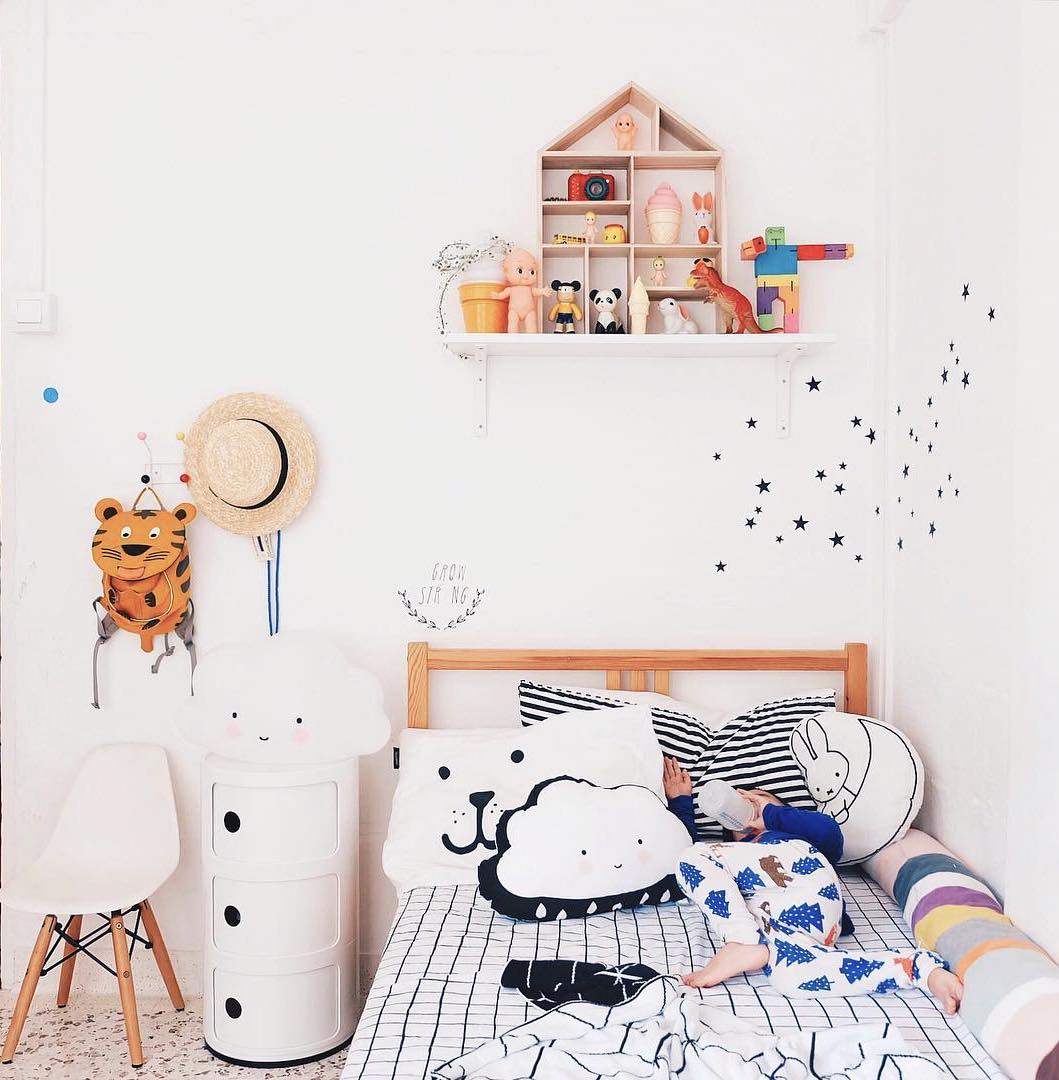
Counter Separation Anxiety
Your child may encounter a few problems sleeping on his/her own, and may seek comfort from his/her parents. At night, minimise your interactions, bringing your child back to his/her room and stay there until he/she falls asleep. Talk to your toddler about his/her feelings to address any separation anxiety, and shower him/her with plenty of love and cuddles during the day. Of course, praise your child when he/she sleeps in his/her bed.
Sensory Processing Difficulties
Another reason may be that your child has sensory processing difficulties affecting his/her proprioception, which helps your child’s brain perceive where he/she is in space. When waking up frequently at night, he/she might fear falling out of bed. If so, rearrange your child’s bedroom, and place the bed next to a wall, a mattress on the floor, or wrap your toddler like a burrito at bedtime. Teething, sickness and new developmental milestones can also throw off his/her sleep schedules. At night, he/she may mentally or physically practice his/her new skills.
Food and Lifestyle Recommendations to Aid Sleep
Screen Time Guidelines Before Sleep

In these COVID times, it’s important to stay in touch with our loved ones via FaceTime, or WhatsApp video calls. However, Louise advises turning off all screens around two hours before bedtime. Such devices emit blue light, suppressing melatonin and signaling our brains that it’s still daytime. Hence, she adds, “falling asleep becomes a struggle and can lead to overtiredness and night wakings.”
Eating Times Before Bed
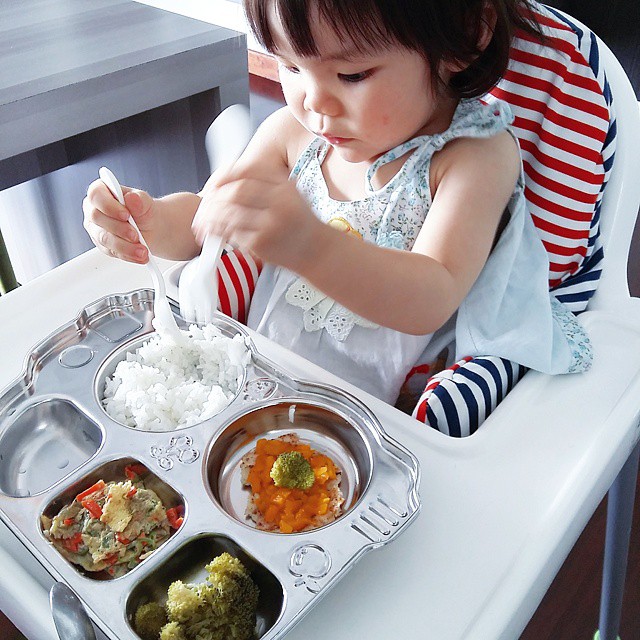
Our experts recommend eating half an hour to two hours before bedtime so your child is satisfied but not sleeping with a full tummy of food. Additionally, Louise recommends giving your child a glass of milk an hour before bedtime, if necessary.
Foods That Aid Sleep
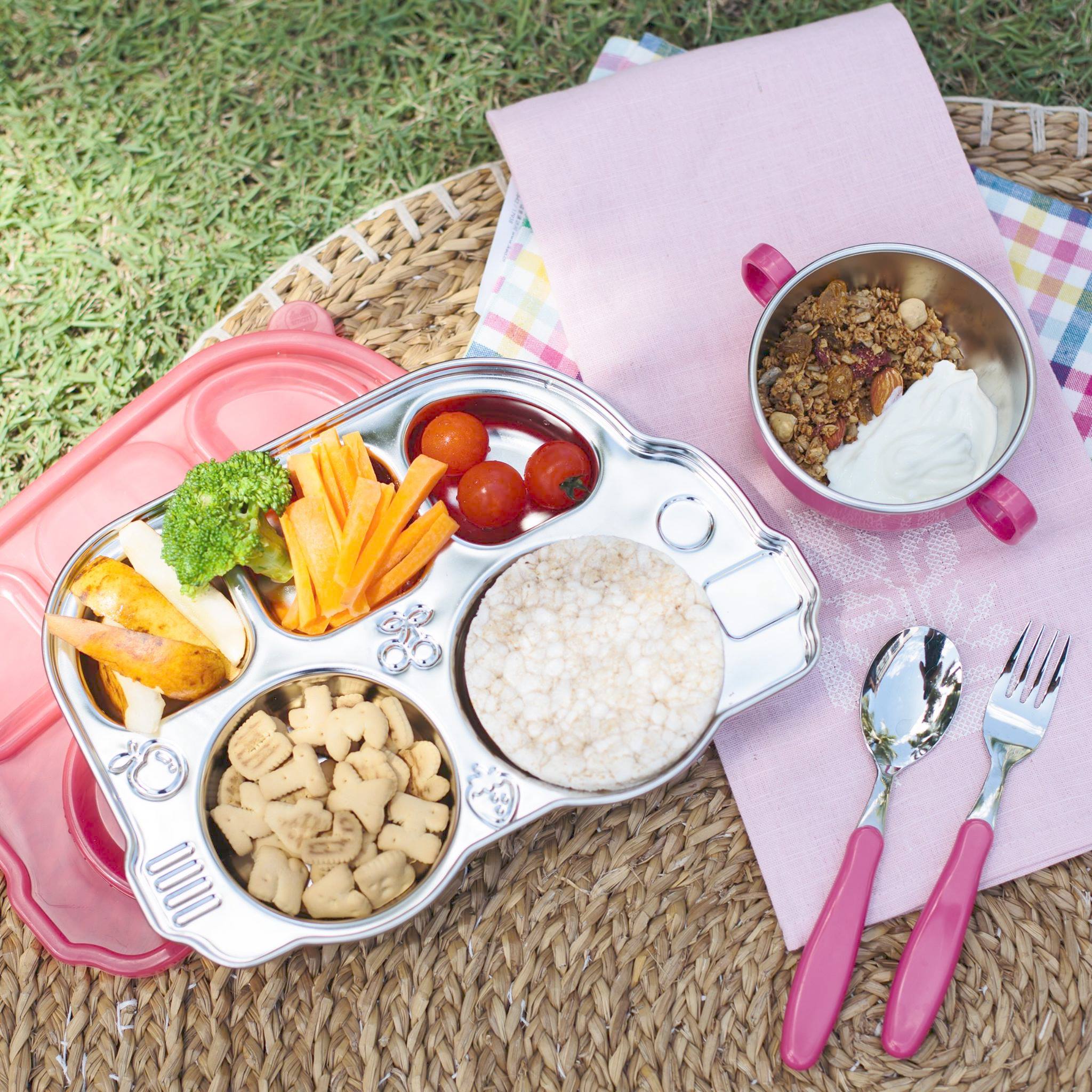
What they eat is also important. Zoe says, “Foods that will help children sleep better contain an amino acid called tryptophan that makes you feel sleepy.” These foods include bananas, eggs, grains, seeds, tuna, yoghurt and cheese. Boost the effects of tryptophan by pairing them with carbohydrates like rice, bread or pasta. Zoe recommends avoiding foods high in sugar and fat and caffeine-containing drinks.
To elaborate, Louise says that sugary foods “give the child a swift energy boost which is quickly followed by a plummet in glucose levels.” As your children’s bodies restabilise their blood sugar, they release adrenaline, thereby causing toddlers to feel restless. Instead, try natural sugars like honey or banana to boost his/her serotonin’s levels, preventing a sudden drop in blood sugar levels.
Louise says, “Research has shown that a lack of DHA is linked to sleep problems.” She suggests a toddler’s weekly diet should include a portion of oily fish like salmon, tuna and mackerel. Ensure your child feels full at night with some protein at dinner. Finally, Louise says, “some exercise and fresh air can work wonders on a child’s quality of sleep (and quantity).” She recommends children get out and about during the day, even “for a run around your backyard.”
Motherswork Recommends: Toddler Beds: Boori, Bonbijou and Stokke (prices from $399 to $1,499). Preschooler Beds: Boori and Essa Grace ($2,198 and $3.799 respectively. Protective Pads and Waterproof Covers: Candide Air+ Breathable Mattress Protector, Doomoo Absoplus, Brolly Sheet Cot Pad with Wings, Little Palmerhaus Wonder Pad (prices from $19.90 to $49.90). Wallpaper options from Urban Li’l (starting from $85), white noise machine and night light ($45.90 to $599)
Relevant Reads: Newborn Cribs, Behaviour Management for Toddlers and Preschoolers, and Screen Time
This article originally appeared in Motherswork.











